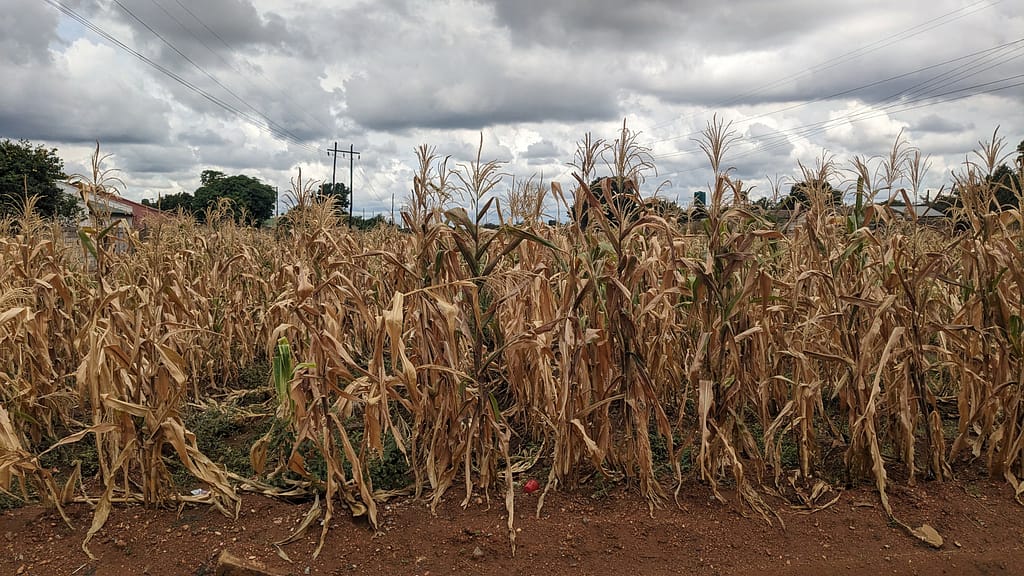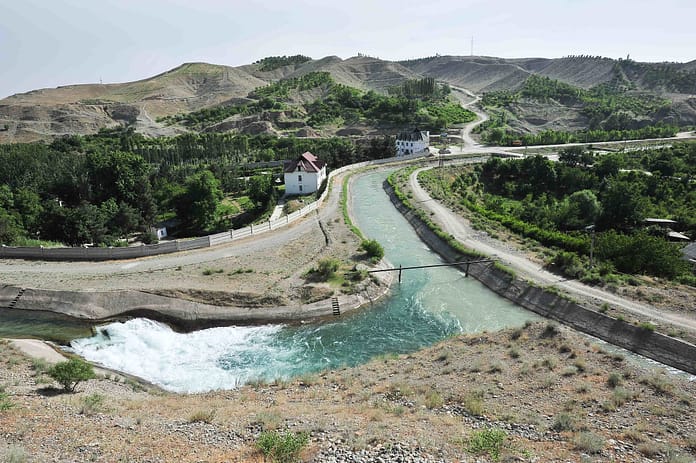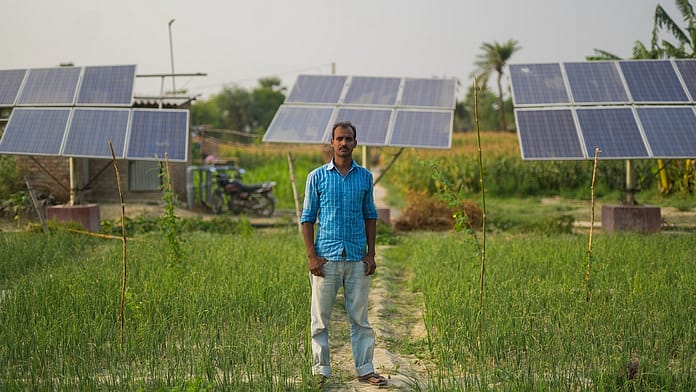By Avinandan Taron and Surajit Ghosh

El Niño is a significant disruptor of weather patterns globally. El Niño is emerging as a critical driver of drought conditions in Zambia that severely impacts agriculture, hydroelectricity, and the socio-economic landscape. The main losses accrue from agriculture livestock, food insecurity, reduced hydroelectricity capacity, and the burden of waterborne diseases. The Zambian government estimated that about USD 864-941 million is required to mitigate this situation. However, the breakdown of this loss in agriculture, water, food security, and health is imperative for targeted intervention. This would also help in accounting for tradeoffs between sectoral allocation for better management of resources. Through this blog, we tried to estimate the gross distribution of sectoral losses across agriculture, food and disease burdens based on available secondary data.
Drought monitoring
The recent drought highlighted ongoing challenges of food security. Improving early warning systems and more robust climate adaptation strategies are critical to tackle these challenges. Traditional drought monitoring methods, which rely on ground-based measurements, are often sparse and geographically limited, particularly in countries in the global south. Earth Observation (EO) data and geospatial tools bridge these knowledge gaps due to the global coverage and observations of various biophysical parameters. IWMI’s recent study utilizes EO data and cloud platforms like Digital Earth Africa and Google Earth Engine to assess Zambia’s 2023-2024 drought and its causes and impacts on key sectors like agriculture and hydroelectricity. The research was supported by The Leona M. and Harry B. Helmsley Charitable Trust through the Digital Innovations for Water Secure Africa (DIWASA) project. EO data such as the Climate Hazards Group InfraRed Precipitation with Station (CHIRPS) data and Moderate Resolution Imaging Spectroradiometer (MODIS) were used to gain critical insights into precipitation anomalies and vegetation health and to calculate key indices like Standardized Precipitation Index (SPI), Vegetation Condition Index (VCI), maximum consecutive dry days and rainfall anomaly. The study found that approximately 40% of Zambia experienced drought in 2023-2024. Provinces like Central, Eastern, Southern, Lusaka, and Copperbelt, crucial for maize production, showed severe drought conditions. The study suggests integrating EO data into national drought management plans can enhance monitoring and allow faster data-driven decision-making.
Impact assessment
The agricultural sector, which is predominantly rain-fed, was severely affected by the drought. The delayed onset of the rainy season, combined with prolonged dry spells, resulted in widespread crop failures. Maize, a staple crop for Zambia, is projected to face a significant deficit of over 600,000 metric tons. With over 2 million hectares of maize lost during the drought, it can be estimated that the monetary loss is 737 million. This is estimated by considering that the five-year average yield is 2.5 tons/hectare and the price of maize as USD 300 per ton. The cattle farmers could face losses of up to USD 2.4 billion, threatening the country’s USD 8 billion livestock and the livelihood of millions. Hydropower, which provides 83% of Zambia’s electricity, was impacted as major reservoirs, such as Lake Kariba and Itezhi Tezhi Dam, saw substantial surface water losses. With reduced water levels, Zambia faced a power deficit of 430 megawatts, resulting in frequent blackouts that disrupted industries, commercial activities and daily life. Zambia has one of the highest rates of malnutrition in sub-Saharan Africa.
Reduced access to food due to the failed harvest and rising commodity prices is perceived to aggravate the situation, and risk reduction from drought is critical. The loss from food insecurity amounts is estimated to be about USD59 million. This was estimated using the dietary requirement of 1750-2100 kcal/cap/day for the Zambian population, the cost of the diet being USD 1 per day and assuming 30 days of disruption of the diet during the drought period. The droughts have resulted in 3.5 million people losing access to safe water. The recent cholera outbreak resulting in 21,000 affected people and 700 deaths, estimated USD 4.5 million loss in health burden, would further aggravate the health situation of the country. This estimation is based on a loss of 23,179.8 Disability Adjusted Life Years (DALYs) and the value of DALY considered as USD 192.3 per DALY.
Way forward
The above impacts underscore the importance of policy interventions to mitigate drought impacts. Zambia initiated steps towards disaster risk reduction, particularly after the devastating drought of 1992. Initiatives like establishing the Disaster Management and Mitigation Unit in 1994 and developing the Zambia National Drought Plan in 2018 have strengthened the country’s capacity to respond to extreme weather events. However, this is not enough; Zambia continues to face the growing threat of climate change, and adopting advanced monitoring and management tools and stronger policy frameworks will be essential to building resilience and ensuring food and energy security for its population. Therefore, there is an urgent call for further sectoral loss and damage estimation with more ground information and for arranging climate finance to address Zambia’s drought.




